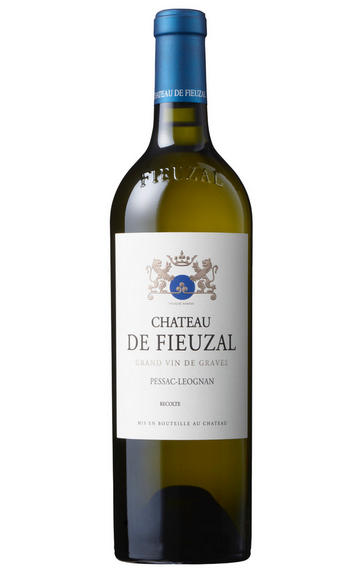
2021 Château de Fieuzal Blanc, Pessac-Léognan, Bordeaux
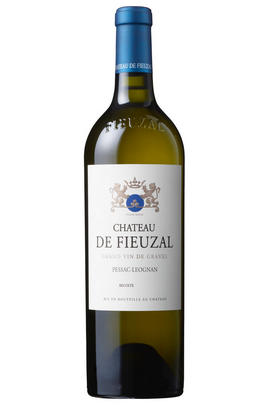
Critics reviews
The 2021 Château de Fieuzal Blanc has a lovely lime, white peach and orange pith bouquet that blossoms in the glass. The palate is well balanced, with pear, red apple and orange peel on the entry, fine depth, and good acidity and bite on the finish. Promising.
Drink 2027 - 2040
Neal Martin, vinous.com, (May 2022)
Gorgeous depth here, saline grip, hints of salted caramel adds to the rich mouthfeel. Welcome fresh acidities of crab apple, lemongrass and citrus zest give a sense of contrast and momentum, as does the slate texure that draws out the finish. Tasted twice.
Drink 2022 - 2032
Jane Anson, janeanson.com (May 2022)
The 2021 de Fieuzal Blanc shows considerable potential, unwinding in the glass with aromas of crisp nectarine, mint, pasty cream, citrus oil and freshly baked bread. Medium to full-bodied, seamless and tensile, with tangy acids, chalky dry extract and a long, saline finish, it will be bottled under Diam 30. This Sauvignon Blanc-Sémillon blend is rapidly establishing itself as one of Bordeaux's most interesting dry white wines. Tasted three times.
William Kelley, Wine Advocate (Apr 2022)
A creamy and fruity white with notes of star fruit, kiwi, peach and lemon. Some buttercream. Fresh and medium-bodied. Pretty finish.
James Suckling, jamessuckling.com (May 2022)
About this WINE
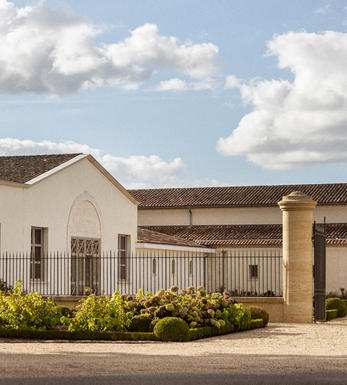
Chateau de Fieuzal
The origins of Château de Fieuzal date back to the first stirrings of winemaking in Bordeaux’s Graves region. This Pessac-Léognan estate sits on one of the best gently sloping, gravel-outcrops in the area - long admired for its excellent drainage and heat diffusing properties. While Château de Fieuzal its known for producing some of the best white wines in Bordeaux, its reds are equally good, and in 1959 the estate was awarded the official status of Graves Grands Cru Classé.
Fieuzal is named after the family who owned the property up to 1851. The estate now covers some 75 hectares, 10 of which are used to grow white wine grapes. The current owners are Brenda and Lochlann Quinn, who hired talented young winemaker Stephen Carrier in 2007. Working closely together, they have introduced a rigorous and innovative winemaking style, and have broadened the estate’s reputation considerably. As well as hiring Carrier, the Quinns brought well-known Bordeaux winemaking consultant, Hubert de Bouärd, owner of Château Angélus, on board in 2006.
The vines at Château de Fieuzal have a current average age of 30 years, and are planted at a density of 9,000 plants per hectare. Chemical applications are kept to a bare minimum, traditional farming methods are used and grapes are picked and sorted – twice - by hand, all of which helps to preserve the purity of the fruit. Vines are managed on a plot by plot basis, essentially meaning that each undergoes tailored winemaking processes to avoid masking or muting their distinct flavours and aromas. Other developments at Fieuzal have included a restructuring of the vineyard and, in 2011, the inauguration of a new cellar, fully equipped with advanced winemaking facilities.
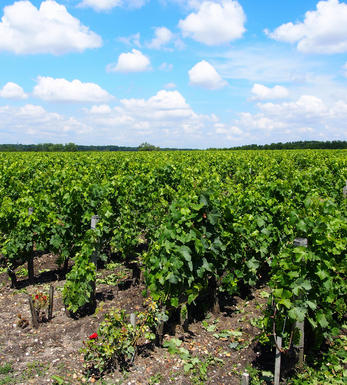
Pessac-Leognan
In 1986 a new communal district was created within Graves, in Bordeaux, based on the districts of Pessac and Léognan, the first of which lies within the suburbs of the city. Essentially this came about through pressure from Pessac-Léognan vignerons, who wished to disassociate themselves from growers with predominately sandy soils further south in Graves.
Pessac-Léognan has the best soils of the region, very similar to those of the Médoc, although the depth of gravel is more variable, and contains all the classed growths of the region. Some of its great names, including Ch. Haut-Brion, even sit serenely and resolutely in Bordeaux's southern urban sprawl.
The climate is milder than to the north of the city and the harvest can occur up to two weeks earlier. This gives the best wines a heady, rich and almost savoury character, laced with notes of tobacco, spice and leather. Further south, the soil is sandier with more clay, and the wines are lighter, fruity and suitable for earlier drinking.
Recommended Châteaux: Ch. Haut-Brion, Ch. la Mission Haut-Brion, Ch. Pape Clément, Ch Haut-Bailly, Domaine de Chevalier, Ch. Larrivet-Haut-Brion, Ch. Carmes Haut-Brion, Ch. La Garde, Villa Bel-Air.
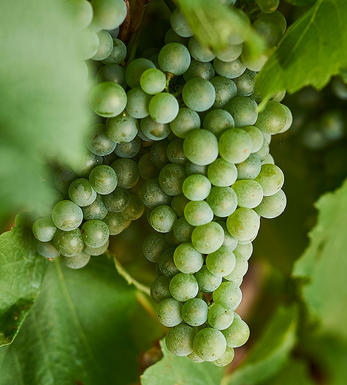
Sauvignon Blanc & Sémillon
The blend used for White Graves and Sauternes and rarely encountered outside France. In the great dry whites of Graves, Sauvignon Blanc tends to predominate in the blend, although properties such as Smith Haut Lafite use 100% Sauvignon Blanc while others such as Laville Haut Brion have as much as 60% Sémillon in their final blends. Sauvignon Blanc wines can lose their freshness and fruit after a couple of years in bottle - if blended with Sémillon, then the latter bolsters the wine when the initial fruit from the Sauvignon fades. Ultimately Sauvignon Blanc gives the wine its aroma and raciness while Sémillon gives it backbone and longevity.
In Sauternes, Sémillon is dominant, with Sauvignon Blanc playing a supporting role - it is generally harvested about 10 days before Sémillon and the botrytis concentrates its sweetness and dampens Sauvignon Blanc`s naturally pungent aroma. It contributes acidity, zip and freshness to Sauternes and is an important component of the blend.


Buying options
Add to wishlist
Description
Sauvignon Blanc 65%, Sémillon 35%
This is a most interesting wine, adding a layer of creamy richness to the energy already apparent in this vintage. There are layers to unfurl here: the primary notes of zesty citrus are moderated by a pithy, textured feel across the palate, which has a level of thickness to it. This gives the wine depth and traction. The final impression is of an overt, positive, rich-but-balanced dry white. Drink 2023-2035.
Our score: 17/20
Berry Bros. & Rudd, April 2022
wine at a glance
Delivery and quality guarantee